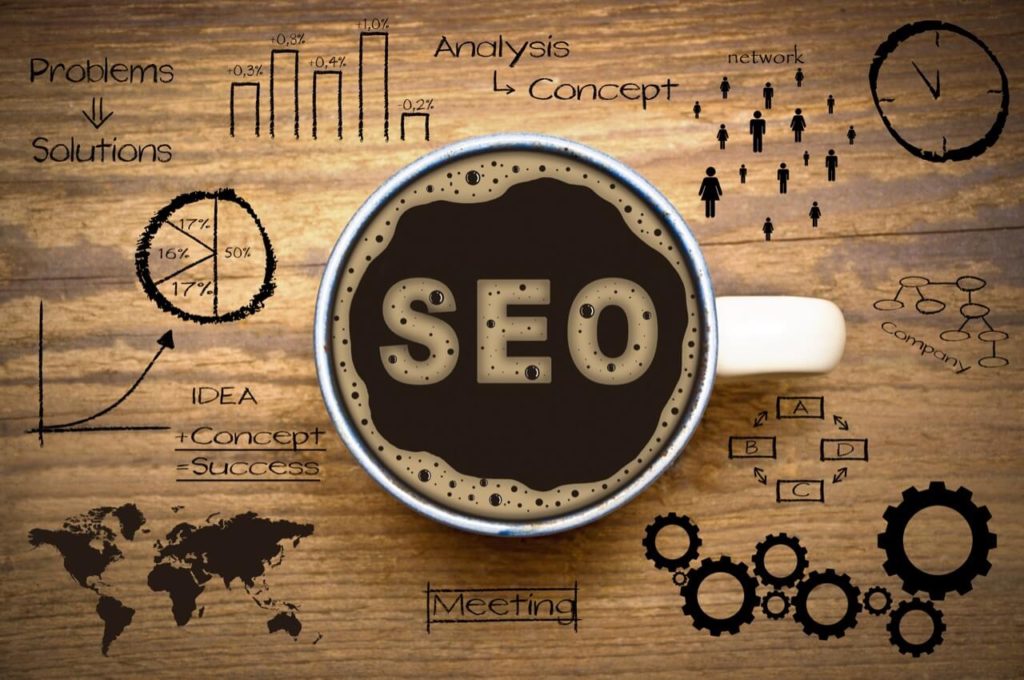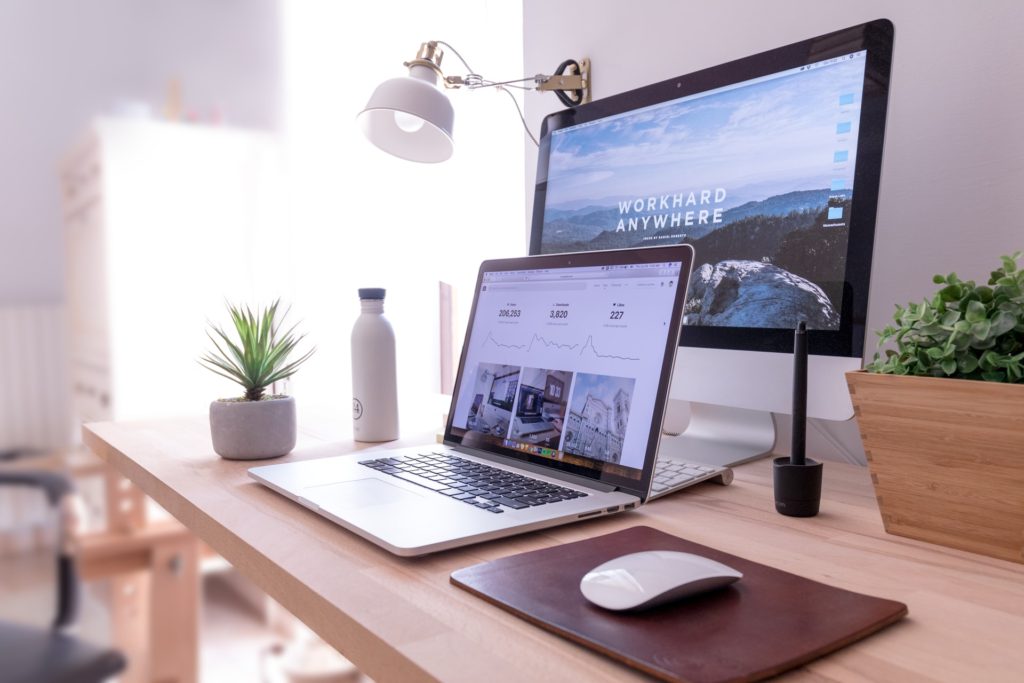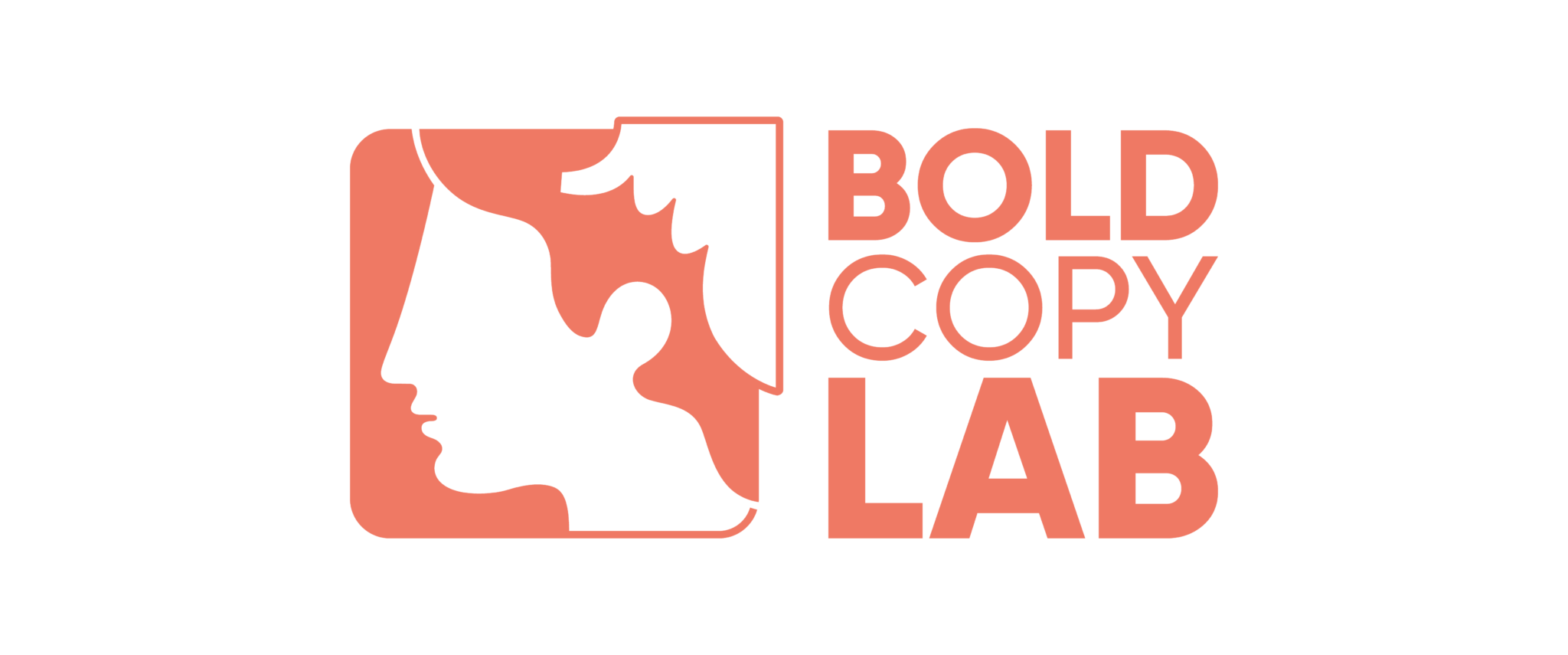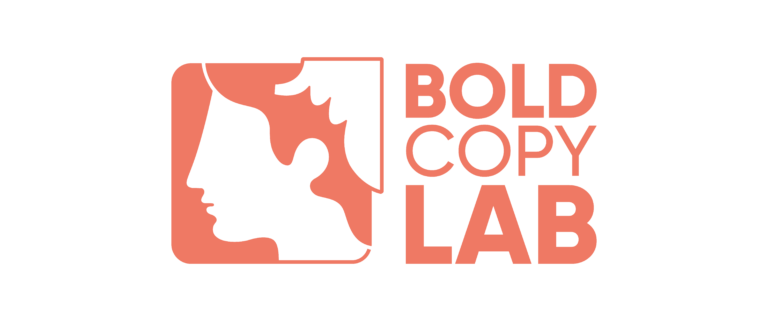SEO techniques can optimize the content you make or the website you manage. They can also increase the probability of leads finding your proposals in Google or any other search engine. Here are some basic recommendations on how to build a solid SEO strategy.

Find the right keywords
Doing this is fundamental for any kind of ranking campaign in search engines (SEO). It would be best to carry out an analysis that establishes the keywords that people use to find you on search engines.
On-Page SEO
This concept refers to the SEO actions within a web page that favor its ranking in search engines. Take the following into consideration.
Keyword density
It refers to the number of times in which you find a keyword within a text, in contrast to the number of words that content contains in total. Experts in the SEO sector recommend not to use the keyword more than 2.5% throughout the whole text. Google or your search engine will index your content under the keyword; that is why we recommend placing it in:
- Title of the post
- URL
- Meta description
- Image description
- Also, on the text (but without abusing density)
Use titles and subtitles: If you want to show up in your search engine’s first page, your text should be well prepared, with a solid structure. Use headings “H1, H2, H3” correctly and in a hierarchical manner. This is how you show search engines what content your website is talking about and its organization.
Length of the texts

We recommend a basic length of 1,500 words. Search engines conclude that the longer the article, the more useful it is to the user. Despite this, it is better to avoid going around a topic too often when there is not much else to tell.
Friendly URLs
The content’s URL must be friendly, so it’s better not to use words that are not important. We recommend you only include the main keyword of the article, i.e., boldcopylab.com/seo-tips
Meta Title Tag
This tag will be the title that users will see in the search engine. That is why it must be attractive and have the keyword visible and positioned as far to the left as possible. Meta titles help your ranking and CTR (Click Through Rate).
Meta Description Tag
Although it doesn’t directly help your ranking, it helps CTR, an essential factor for SEO. Include the highest number of search intent keywords here. If someone uses those keywords while carrying out a query, they will appear bold to stand out from the rest of the pages.
Linkbuilding

Linkbuilding strategies are essential for your web ranking. When a website redirects its readers to yours, it lets Google know that your content is interesting, relevant, and vital. Thus, the browser will be interested in you and your content. Although this often happens naturally, it’s a job that you can also promote with a link building strategy. If a website includes a link redirecting to your page, Google understands that it’s recommending you. If the websites that suggested you are of relevance and authority, that’s excellent news. It means you will probably climb some positions quickly, especially if you have a low CTR.
Dofollow and nofollow links
Also, take into consideration the dofollow and nofollow links. Dofollow links are set up so that when the Google search robot passes through the web, it follows them to their destination. Dofollow links indicate that the content we are targeting is essential and that we want interaction between that content and us. Google uses dofollow links to discover new websites.
On the other hand, nofollow links expressly instruct the Google spider not to follow a link. When you include the “rel = nofollow” attribute, you tell Google that the content you are targeting is not relevant and that you don’t want it to score points.
Better backlinks
That is why the dofollow backlinks must come from websites with a topic that’s similar to yours. The site that’s linking you must also have a domain authority that is high and better than your own. Your website must first have a structure and design that offers relevant and exciting content to get backlinks. However, while that happens, you can collaborate with other pages. You can participate with your content in aggregators and social networks and post comments on blogs, websites, and forums.
CTR and bounce rate
CTR refers to the click rates that your results have regarding the number of times it appears in the SERPs (Search Engine Results Pages). When users visit your page more than the pages above you in SERPS, the browser will assume that your link is better. Thus, your ranking will gradually improve.
Bounce rate
The bounce rate refers to the number of users who have entered your website and left almost immediately. That is, without interacting on your page. The latter usually happens because your title announces something that you don’t show on the content later. Or maybe because your site isn’t recognized by some specific devices, such as tablets or smartphones.
If, for example, a user searches for a keyword and your result is in third place, one would expect the user to look at the first option. If the user doesn’t find what he or she is looking for, and the same happens with the second results, then Google will mark a high bounce rate for those websites for this action. If the user then goes to your content and stays longer, this will help you raise your CTR and lower your bounce rate. Furthermore, Google will understand that your result is better than the previous two. And if this behavior happens, again and again, Google will modify the ranking.
Know who your users are

And last but not least, you should know who your users are and who are those who interact with your content the most. Then you must define a target or a specific group for which you will create relevant and exciting content. It’s important to know who you are targeting because each audience consumes differently. There are Google search tools that could help you figure out what kind of information people are searching for. Some of them are Google Keyword Tool and Google Trends, to name just a couple.
Although they are helpful, these tools will not do all the work for you. Say your site is about fashion and beauty, and you are searching for keywords. The Google Keyword tool will suggest similar searches: female trends for winter, top dresses for events, makeup trends for spring-summer, color trends for winter, casual hairstyles for events, self-makeup tips, etc. Remember that your content must meet your customer’s needs, so you must first find what those needs are. Then, figure out how those needs can be expressed in words and create specific content about it.
Bottom line
It would be best if you discovered the needs you want to satisfy, learn how users search for them on the web and who your competition is. You also have to become the favorite place users want to go to every time they need to know something. Get in touch with Bold Copy Lab at +573014586512 if you want to apply SEO strategies for your business and to increase your visibility on the web.











